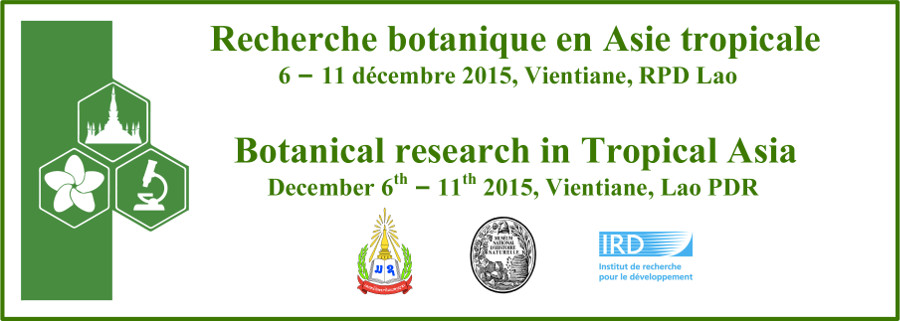The floodplain vegetation of Cambodia's Tonlé Sap Great Lake provides habitat to a large diversity of unique terrestrial and aquatic organisms. This floodplain vegetation helps to maintain the productivity of one of the world's most important inland fisheries which provides the majority of the protein consumed in Cambodia. The floodplain also provides local people with fuelwood, food, timber and medicinal plants. However, human activities have destroyed or converted large areas of Tonlé Sap's seasonally inundated vegetation through land encroachment for agriculture and exploitation of wood for fuel and construction. We determined the impacts of human use on the vegetation cover of the seasonally flooded forest immediately adjacent to the flooded village of Kampong Luong. Two transects of thirty-two plots were surveyed by boat during the wet season, one on each side of the village. Plant species were identified, water depths and estimated total vegetation cover and the cover by each species were recorded at each plot. Interviews were conducted with villagers and village leaders on how the flooded vegetation is used and managed. A change in vegetation due to human impacts was evident. Vegetation cover to the east was higher than the west. Almost all surveyed plots to the west showed that vegetation cover was close to zero percentage cover. Satellite images revealed this to be a large area cleared of woody vegetation. Human impacts which caused the change in vegetation were a consequence of poor governance, political bias and lacks of responsibilities from government for the floodplain forest management. Our results show that the Tonlé Sap floodplain vegetation needs to be actively managed to ensure sustainable resources extraction and the conservation of this important aquatic habitats.
- Poster

 PDF version
PDF version

